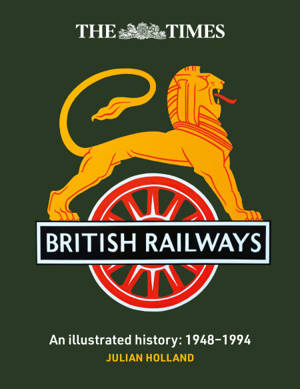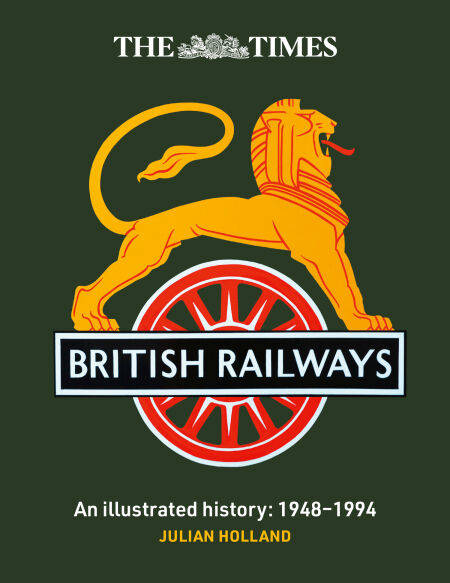
- Retrait gratuit dans votre magasin Club
- 7.000.000 titres dans notre catalogue
- Payer en toute sécurité
- Toujours un magasin près de chez vous
- Retrait gratuit dans votre magasin Club
- 7.000.0000 titres dans notre catalogue
- Payer en toute sécurité
- Toujours un magasin près de chez vous
The Times British Railways EBOOK
The illustrated history of a national institution
Julian Holland
Ebook | Anglais
32,64 €
+ 32 points
Description
Written by best-selling author Julian Holland, this is the story of British Railways.
From its birth in 1948 to its demise in 1994, it was both loved and loathed by the country’s hard-pressed travelling public (most of whom didn’t own a car). Take a trip down memory lane and discover the story of the rise and fall of a British institution.
Following the post-war Labour government’s decision to nationalise much of Britain’s transport undertakings, mining and heavy industry, British Railways was born on 1st January 1948. The new state-controlled railway system was saddled with an archaic and worn-out network, decrepit motive power and rolling stock brought on by six years of wartime hardship and lack of maintenance and investment.
However, by the early 1950s the tide had slowly started to turn with a return to profitability and the introduction of new standardised classes of steam locomotives and rolling stock. The end for British Railways came at the beginning of 1965 when it changed its public image to British Rail and introduced the highly successful ‘Inter-City’ brand of passenger trains and High-Speed Trains. British Rail survived until 1993. However, mounting debt led to the passing of the Railways Act by Parliament in that year, ushering in a new era of privatization.
Discover the history of British Railways in this fully illustrated volume with topics such as:
· Nationalisation and the birth of British Railways
· British Railways standard steam locomotives from 1951–1960
· Early diesel, electric and gas turbine locomotives
· Boat trains
· Rural and seaside branch lines
· Camping coaches
· Travelling Post Office
· Railway accidents
· Trainspotting
· The death of British Railways and the birth of British Rail
· Privatization: The end of British Rail
From its birth in 1948 to its demise in 1994, it was both loved and loathed by the country’s hard-pressed travelling public (most of whom didn’t own a car). Take a trip down memory lane and discover the story of the rise and fall of a British institution.
Following the post-war Labour government’s decision to nationalise much of Britain’s transport undertakings, mining and heavy industry, British Railways was born on 1st January 1948. The new state-controlled railway system was saddled with an archaic and worn-out network, decrepit motive power and rolling stock brought on by six years of wartime hardship and lack of maintenance and investment.
However, by the early 1950s the tide had slowly started to turn with a return to profitability and the introduction of new standardised classes of steam locomotives and rolling stock. The end for British Railways came at the beginning of 1965 when it changed its public image to British Rail and introduced the highly successful ‘Inter-City’ brand of passenger trains and High-Speed Trains. British Rail survived until 1993. However, mounting debt led to the passing of the Railways Act by Parliament in that year, ushering in a new era of privatization.
Discover the history of British Railways in this fully illustrated volume with topics such as:
· Nationalisation and the birth of British Railways
· British Railways standard steam locomotives from 1951–1960
· Early diesel, electric and gas turbine locomotives
· Boat trains
· Rural and seaside branch lines
· Camping coaches
· Travelling Post Office
· Railway accidents
· Trainspotting
· The death of British Railways and the birth of British Rail
· Privatization: The end of British Rail
Spécifications
Parties prenantes
- Auteur(s) :
- Editeur:
Contenu
- Nombre de pages :
- 224
- Langue:
- Anglais
Caractéristiques
- EAN:
- 9780008794958
- Date de parution :
- 08-10-25
- Format:
- Ebook
- Protection digitale:
- Adobe DRM
- Format numérique:
- ePub

Les avis
Nous publions uniquement les avis qui respectent les conditions requises. Consultez nos conditions pour les avis.






